1. Introduction to Poultry Feed Crusher
A Poultry Feed Crusher—also known as a feed grinder or hammer mill—is a key piece of equipment widely used in poultry feed processing. Its primary function is to crush raw materials into fine particles, ensuring better digestibility, uniform mixing, and improved feed pellet quality. The machine is used to process materials such as corn, wheat, soybean meal, sorghum, rice husks, cassava, and various grains required for broilers, layers, breeders, ducks, and other poultry species.
As modern poultry farming expands and feed quality requirements increase, the poultry feed crusher has become essential for feed mills, farms, and agricultural processing industries. High-efficiency crushing improves feed conversion rates (FCR), optimizes nutritional absorption, and enhances the productivity and health of poultry.
This article provides a detailed 3000-word guide covering structure, parameters, features, advantages, applications, operation, and FAQs to help users select the right poultry feed crusher and optimize feed production.
2. Working Principle of Poultry Feed Crusher
The poultry feed crusher works based on impact, shearing, and friction forces. When raw materials enter the crushing chamber:
A high-speed rotor drives rotating hammers.
The hammers strike the materials, breaking them into smaller particles.
The particles are further reduced through collisions against the liner plates.
Once the particle size is small enough, the powder passes through the sieve.
Fine particles exit as finished feed powder.
Key mechanical principles include:
High-speed rotation (2500–4000 rpm) generates enough impact force to crush hard grains.
Sieve mesh size determines final particle size.
Hammer arrangement influences crushing efficiency and uniformity.
Airflow inside the chamber helps discharge powder smoothly.
3. Structure of a Poultry Feed Crusher
A typical poultry feed crusher consists of:
3.1 Feeding System
3.2 Crushing Chamber
3.3 Transmission System
Electric motor
Belt or direct coupling
3.4 Discharging System
Cyclone separator
Bag-type dust collector
Airlock system
3.5 Control Panel
3.6 Safety Device
Emergency stop
Anti-blocking mechanism
4. Technical Parameters of Poultry Feed Crusher
Capacity | 300 kg/h – 8,000 kg/h |
Power | 7.5 kW – 110 kW |
Rotor Speed | 2500–4000 rpm |
Hammer Quantity | 16–64 pcs |
Sieve Diameter Options | 0.8–12 mm |
Feeding Method | Manual or automatic |
Crushing Fineness | 0.5–5 mm adjustable |
Weight | 150–1800 kg |
Voltage | 380V/400V/415V 50–60Hz |
Material Types | Grains, husks, meals, fibers, additives |
5. Features of Poultry Feed Crusher
5.1 High Crushing Efficiency
Optimized hammer arrangement and high-speed rotor ensure rapid and uniform crushing.
5.2 Adjustable Particle Size
Different sieve sizes allow users to adjust powder fineness for various poultry species.
5.3 Low Energy Consumption
Efficient motor design reduces electricity usage while maintaining strong crushing power.
5.4 Wide Raw Material Compatibility
Handles grains, fibrous materials, and soft to medium-hard raw materials.
5.5 Durable and Wear-Resistant
Hard alloy hammers and strong steel body ensure long service life.
5.6 Low Noise & Dust Control
Advanced airflow design minimizes dust and working noise.
5.7 Stable and Safe Operation
Equipped with overload protection, magnetic safety, and emergency stop.
5.8 Easy Maintenance
Simple structure allows quick replacement of hammers and screens.
6. Advantages of Using a Poultry Feed Crusher
6.1 Improved Feed Digestibility
Fine and uniform crushing boosts nutrient absorption and improves FCR.
6.2 Enhanced Feed Mixing Quality
Fine powder blends better with vitamins, minerals, and additives.
6.3 Increased Pelletizing Efficiency
Uniform particles improve pellet hardness, durability, and shape.
6.4 Reduced Feed Wastage
Smaller particle size reduces sorting behavior among poultry.
6.5 Lower Production Cost
Efficient crushing reduces electricity consumption and processing time.
6.6 Supports Large-Scale Production
High-capacity models allow continuous operation in feed mills.
6.7 Long-Term Durability
Wear-resistant components reduce maintenance frequency.
7. Applications of Poultry Feed Crusher
Poultry feed crushers are widely used in:
7.1 Poultry Farms
Broiler feed preparation
Layer feed production
Duck and goose feed
7.2 Livestock Farms
Suitable for pig, cattle, sheep, and goat feed.
7.3 Feed Production Factories
Essential equipment in commercial feed mills.
7.4 Aquaculture Feed Production
Used to crush raw materials for floating and sinking fish feed.
7.5 Agricultural Cooperatives
Centralized feed production for multiple farmers.
7.6 Small and Medium Feed Plants
Cost-effective solution for small-scale operations.
7.7 Food and Grain Processing
Crushing grains for flour or food processing.
8. How to Use a Poultry Feed Crusher (Step-by-Step)
Step 1: Material Preparation
Ensure materials are dry (moisture ≤14%).
Remove stones, metal, and large debris.
Adjust material flow rate.
Step 2: Start-Up Procedure
Turn on the main power.
Start the motor.
Check rotation direction.
Ensure no abnormal vibration.
Step 3: Feeding
Feed materials evenly through the hopper.
Avoid sudden large loads.
Use automatic feeder for stable operation.
Step 4: Crushing
Step 5: Discharging
Step 6: Shutdown Procedure
Stop feeding.
Let machine run empty for 30 seconds.
Turn off motor.
Disconnect main power.
9. Maintenance and Troubleshooting
9.1 Daily Maintenance
9.2 Weekly Maintenance
Inspect hammer wear.
Clean sieve mesh.
Check belt tension.
9.3 Monthly Maintenance
9.4 Common Problems and Solutions
Low capacity | Worn hammers | Replace hammers |
Overheating | Excessive load | Reduce feeding speed |
Powder too coarse | Sieve too large | Use smaller sieve |
Excessive dust | Air leaks | Check dust collector |
Abnormal noise | Foreign objects inside | Stop machine and remove objects |
10. How to Choose the Right Poultry Feed Crusher
10.1 Based on Capacity
Small farms: 300–800 kg/h
Medium factories: 1–3 tons/h
Large plants: 5–8 tons/h+
10.2 Based on Raw Materials
10.3 Based on Power Supply
10.4 Based on Fineness Requirements
Broilers | 1.0–2.5 mm |
Layers | 1.5–3.0 mm |
Ducks | 2.0–3.5 mm |
Chicks | 0.8–1.5 mm |
10.5 Based on Budget
Select affordable and durable models for long-term cost savings.
11. Frequently Asked Questions (FAQ)
Q1. What materials can the poultry feed crusher handle?
Corn, wheat, soybean meal, rice husk, sorghum, cassava, barley, additives, and other grains.
Q2. What is the ideal fineness for poultry feed?
Generally 0.5–3 mm, depending on the poultry type.
Q3. How long do hammers last?
Usually 3–6 months, depending on workload.
Q4. Can the crusher work continuously?
Yes, high-quality models support 24/7 operation.
Q5. How to reduce dust production?
Use a cyclone separator and dust collector.
Q6. Can it be used for fish feed processing?
Yes, it can crush raw materials for both sinking and floating fish feed.
Q7. Is installation difficult?
No, most crushers require only basic electrical and mechanical setup.
Q8. What is the difference between a hammer mill and a crusher?
A hammer mill provides finer and more uniform powders.
Q9. How to prevent metal damage?
Install a magnetic separator at the feeding port.
Q10. How long is the machine's service life?
10–15 years with proper maintenance.
12. Conclusion
A Poultry Feed Crusher is a vital machine for farms and feed processing factories. It provides efficient crushing, customizable particle size, and stable performance for poultry feed production. With its wide material compatibility, energy-saving design, and durable structure, the poultry feed crusher contributes significantly to improving feed quality and enhancing poultry productivity.
Whether you operate a small farm or a large commercial feed plant, selecting the right poultry feed crusher can greatly improve production efficiency, reduce feed costs, and ensure consistent feed quality.
Company Profile
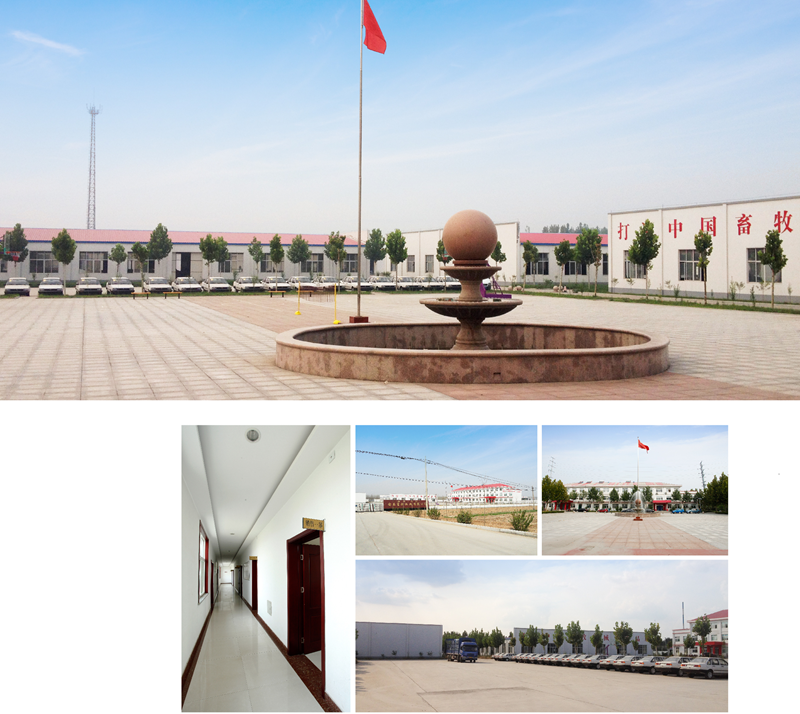
Shandong Huimin Qinle Livestock Machinery Co., Ltd. (formerly Shandong Huimin Qinle Livestock Machinery Factory) is a professional poultry equipment manufacturer with over 20 years of experience. We offer a comprehensive service package, from design (land and chicken coops), production (equipment and prefabricated steel coops), installation, commissioning, customer training, and after-sales service.
Located in Huimin County, Binzhou City, Shandong Province, China, the company has extensive experience in mechanical processing and manufacturing, as well as livestock machinery production and operation. With fixed assets of RMB 15 million, the company employs 160 people, including 30 R&D staff, and occupies a 40,000-square-meter factory. Equipped with over 110 pieces of advanced precision production equipment, including CNC machining centers and laser cutting machines, the company boasts a production capacity of RMB 50 million.
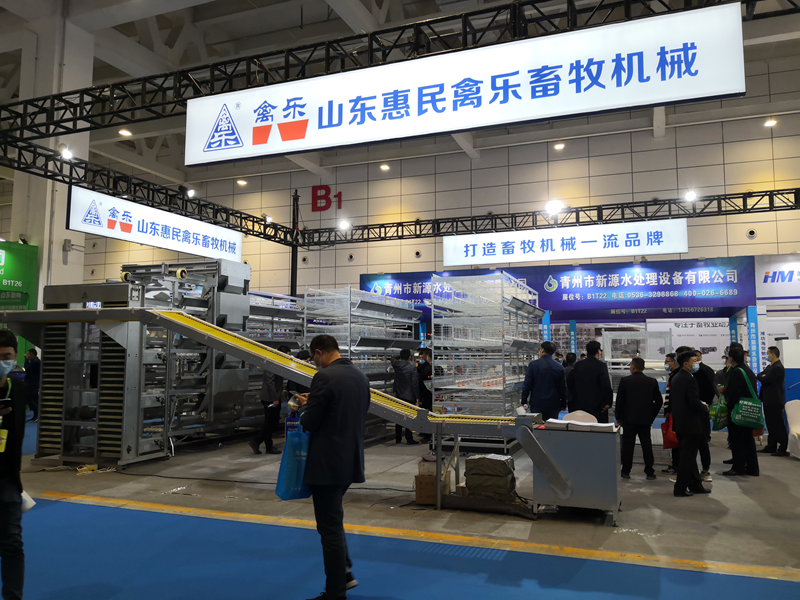


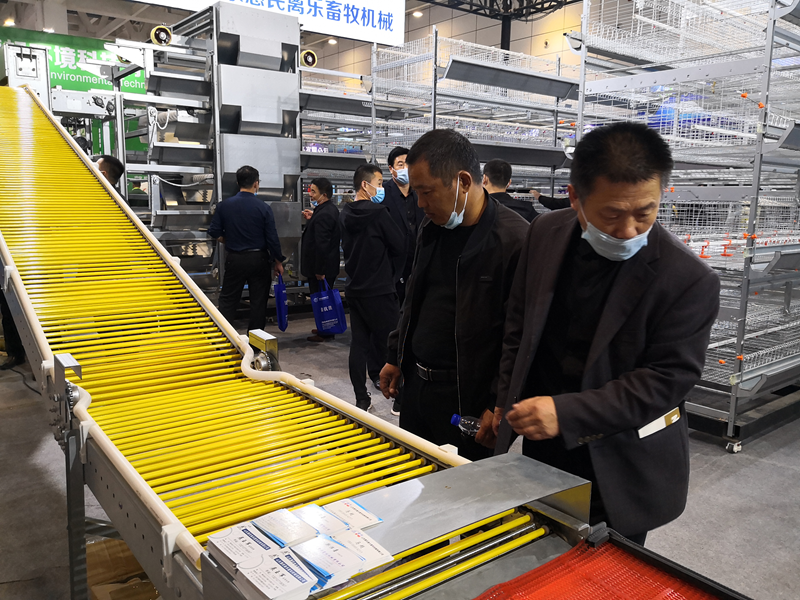
Chicken Farming Equipment Mesh Production Workshop

Machining Workshop

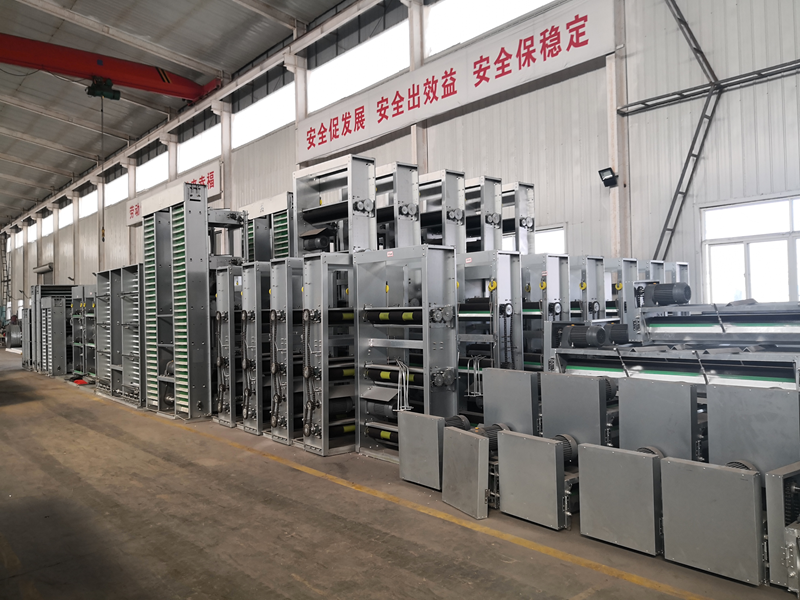
Turret-type CNC Punch Press, Laser Cutting and Other Machining Equipment



Fully Automated Roll Forming Production Line

Hot-dip Galvanizing Production Line

Electroplating Production Line

Environmental Protection Equipment

Chicken Farming Equipment Product Series
Egg-laying Hen Farming Equipment
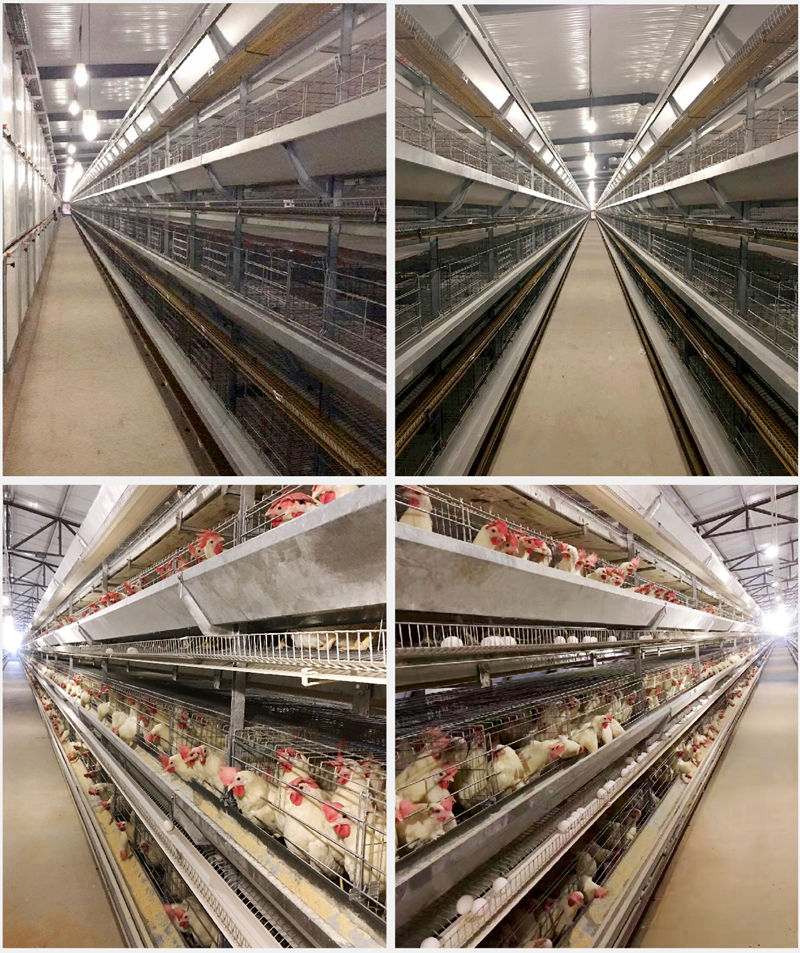
Stacked Brooding Cage Equipment

Stacked Broiler Cage Equipment
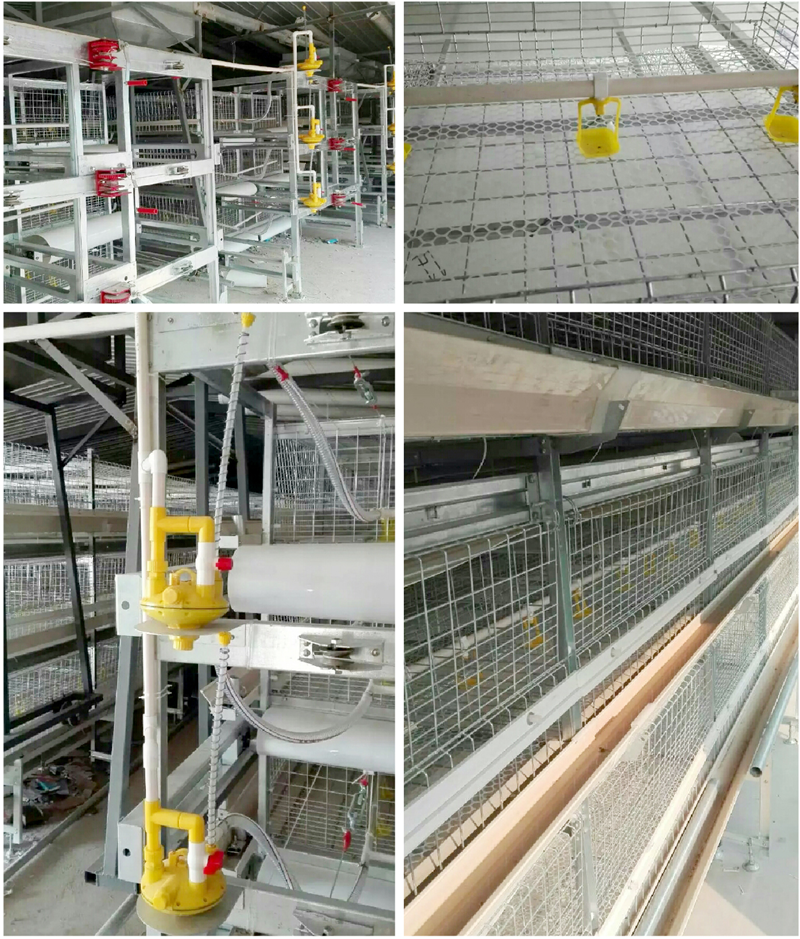
Stepped Layer Hen Cage Rearing Equipment
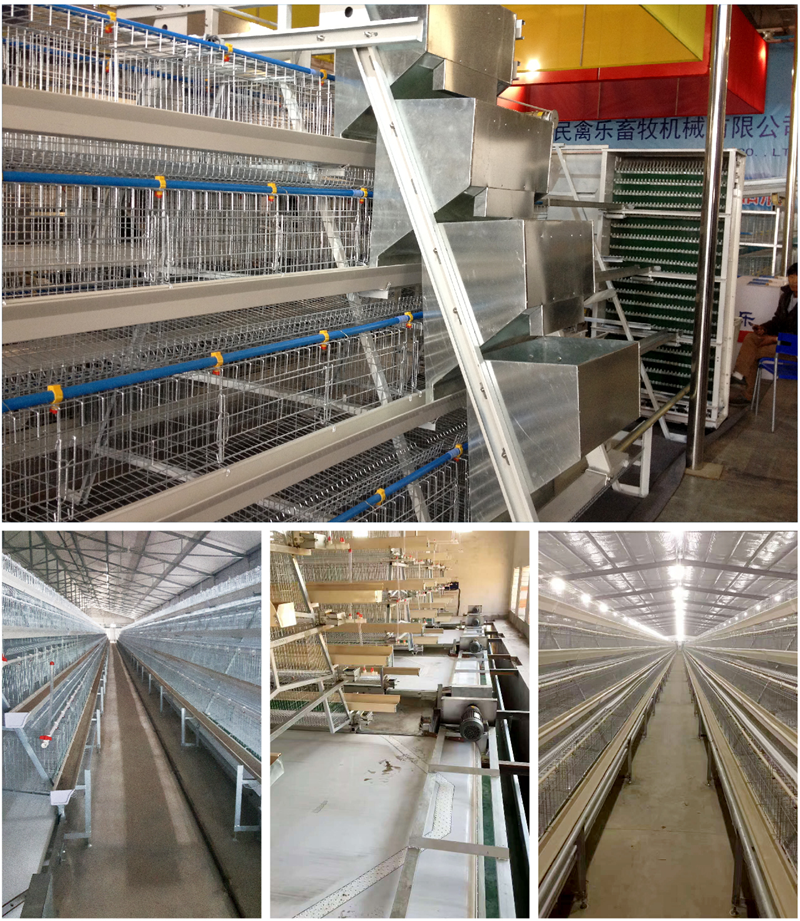
Automatic Egg Collection System

H-type Cage Feeding Machine
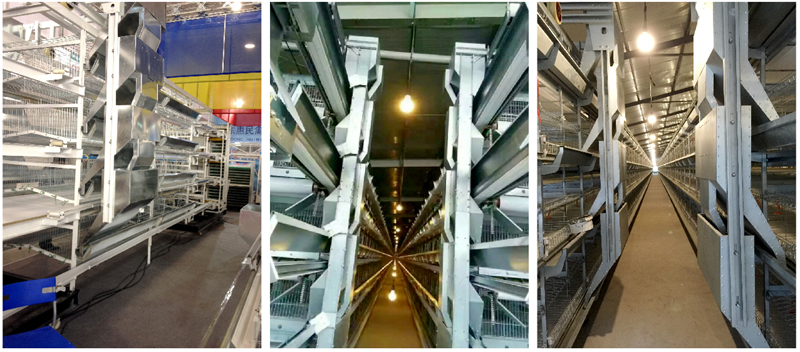
Stepped Cage Straddle Feeder
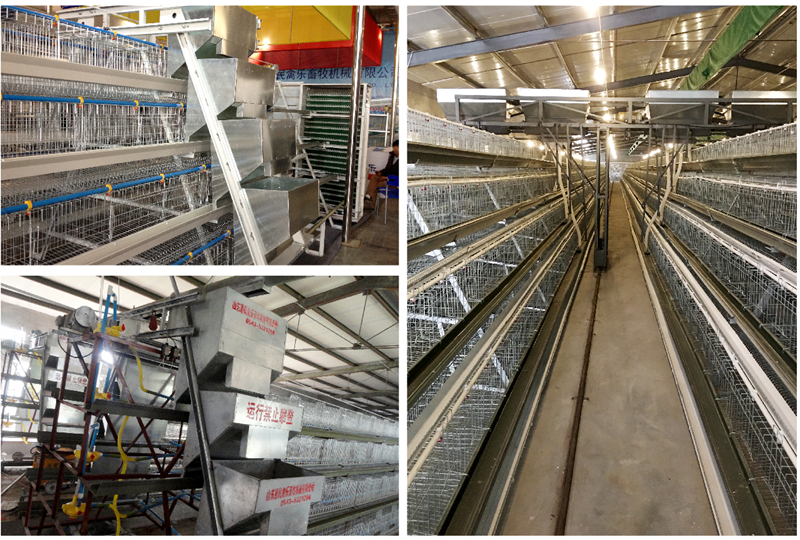
Manure Removal Machine

Fans, Heated Curtains, Environmental Control Systems, and Lighting Equipment
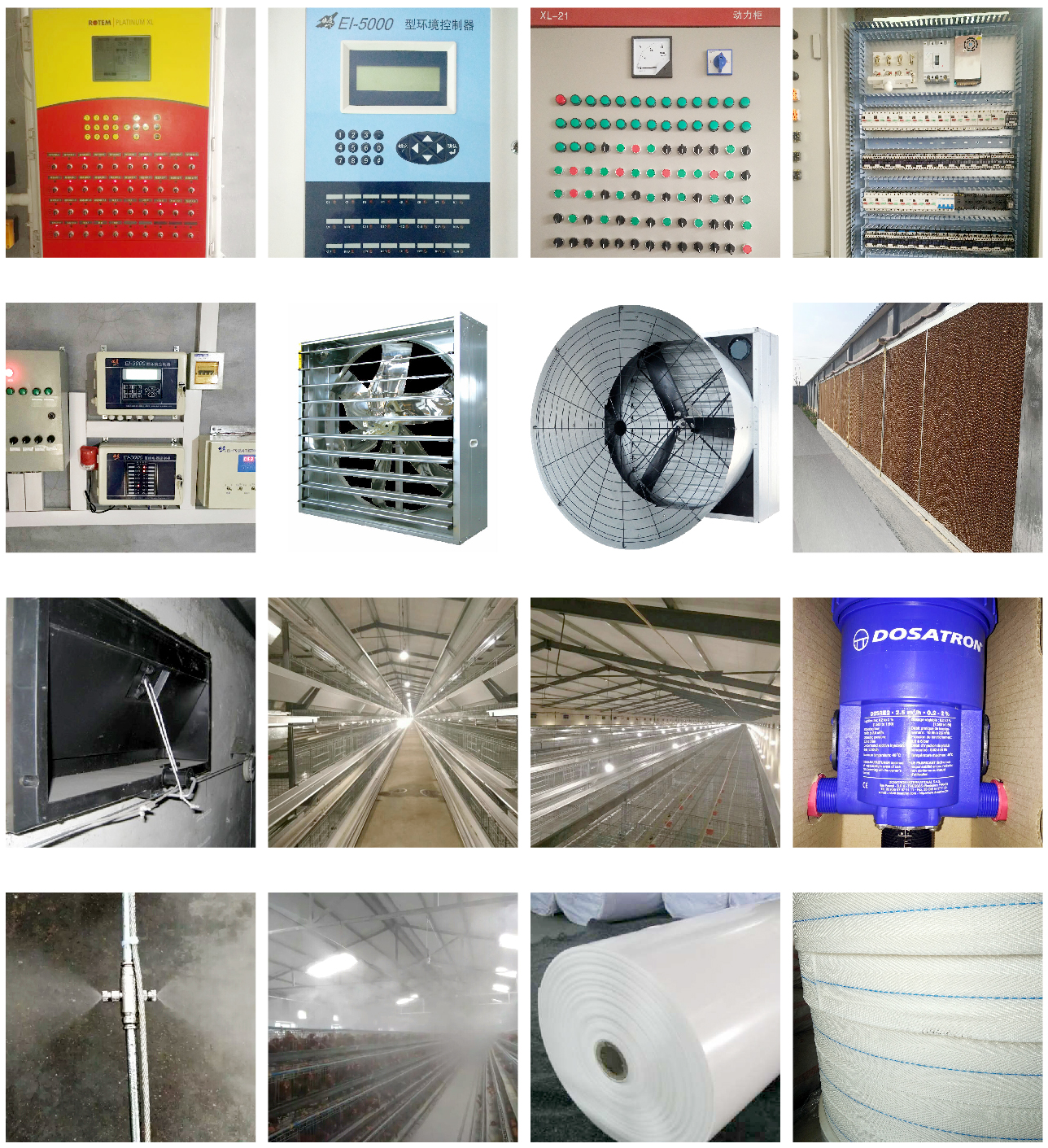
Complete Set of Equipment for Organic Fermentation Treatment of Manure


 Catalogue
Catalogue































 واتس اب
واتس اب هاتف
هاتف